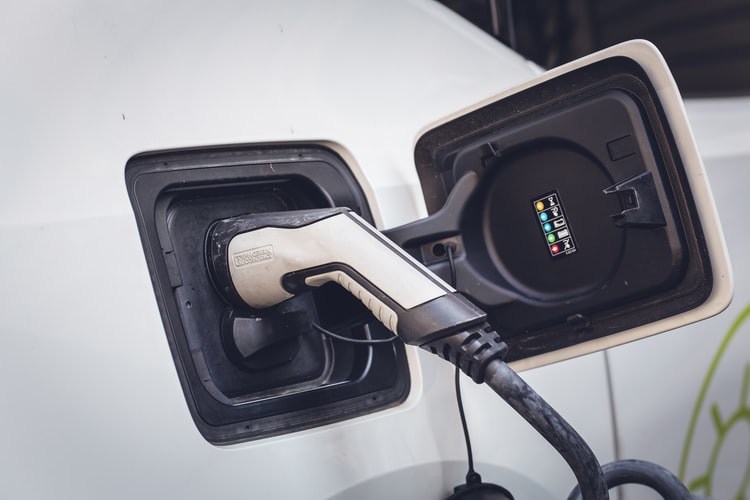Car-sharing has is a potentially “hot” topic worldwide. In many countries, such as Italy and Spain, the launch of apps like Uber has generated real turmoil among taxi drivers, who complain about lower access costs and the resulting competition from shared mobility apps. It is now clear, however, that this revolution is set to continue, as more and more mobility startups are offering increasingly flexible and dynamic solutions, which the public usually welcomes. What is the environmental impact of the massive spread of car-sharing? Although it is still a relatively “new” segment, there are already several studies on the subject.
The difference between car-sharing and shared mobility
First of all, we need to clarify the kind of business models we normally refer to when we talk about car-sharing and shared mobility. On the one hand, there are apps such as Uber and Lyft, through which some private individuals make their cars available for passenger transport. On the other hand, there are models such as Car2Go, WeShare, and DriveNow, which provide fleets of vehicles, often electric cars, which users can access using apps, drive them as needed, and then leave them for the next user to pick up. Finally, there is a much smaller and as yet unestablished niche that can be defined as “taxi sharing” or “ride-sharing”, which is based on experiences such as CleverShuttle, and which has unfortunately suffered a severe blow due to the recent crisis.
Reducing emissions and taking cars off the road
Several studies have shown how these mobility models, although often involving new car fleets being introduced to urban areas, have had the effect of reducing the total number of vehicles in circulation. The possibility of using a car only when it is needed, sharing it with others, has in fact led to several users not buying one at all, favouring other means of transport whenever driving is not absolutely essential. Moreover, the fact that many of these services privilege electric cars has further contributed to the reduction of emissions in our cities.
Sharing rides helps the environment
One of the biggest problems of modern mobility is the high percentage of people driving alone or owning multiple cars per family, clogging the streets with vehicles that stay parked most of the time. The reason why car-sharing apps are a preferable model to classic vehicle rental is that they provide a flexible usage model. Users do not have to bring the car back to the point of rental and can opt for the closest vehicle whenever the need arises. The fact that the fleet is distributed throughout the city and can be used on a time-based rate means that distances and even driving time can be minimised, reducing city traffic and resulting in considerable savings for users. A US research focused exclusively on Car2Go has shown that for each vehicle managed through the app, an average of 7 to 11 private vehicles is taken off the roads.
The future of mobility? A mix of public transport and sharing models
Car-sharing is not in itself the perfect solution for urban mobility. It is essential to maintain a strong public transport network and to integrate alternative transport (such as the use of private bikes and bike-sharing services, in addition to the increasingly popular scooters). However, car-sharing apps are an important ingredient in achieving the mix of transport options that enable optimal management of urban spaces in the smart cities of the future.

